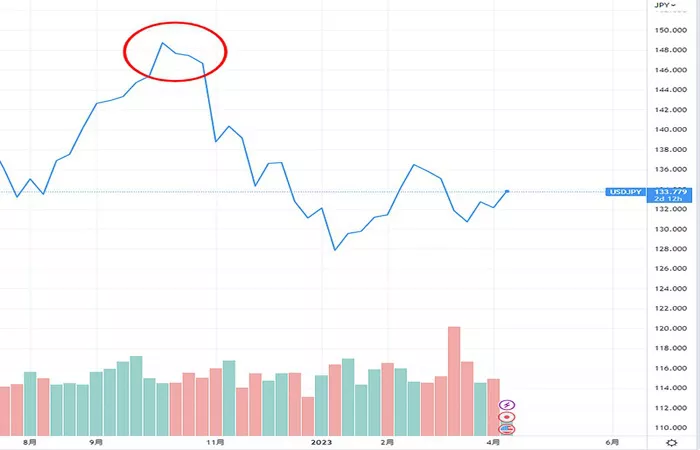In recent days, A-share listed companies have been densely signaling interim dividend plans, with multiple firms announcing proposals to authorize boards to formulate 2025 interim dividend schemes. This trend reflects the gradual formation of a normalized dividend mechanism in China’s capital market, characterized by large payout sizes and increased frequency, according to industry experts.
Regulatory and Market Forces Drive Dividend Culture
Wu Wanying, a senior researcher at Tianyi Digital Economy Think Tank, noted, “This is a significant marker of the capital market’s maturity, showing that listed companies have significantly enhanced their focus on shareholder returns under dual pressure from regulatory guidance and market demands.”
On the evening of June 6, Shanghai Zhangjiang High-Tech Park Development Co., Ltd. announced its board’s approval of a 2025 interim cash dividend plan, intending to distribute 20%-40% of net profits disclosed in its semi-annual or third-quarter reports. The same day, Chengdu Hi-Tech Development Co., Ltd. proposed increasing dividend frequency for 2025, while Shanghai Weaven New Material Technology Co., Ltd. on June 5 sought shareholder authorization to implement an interim profit distribution plan when conditions are met.
Rising Trend of Interim Dividends
A Flush search using “2025 interim profit” as a keyword showed that as of June 9, 58 listed companies had unveiled interim dividend plans. Many emphasized that their dividend policies are not short-term strategies but integral to long-term strategic planning.
For example, Hangzhou Huaguang Welding New Materials Co., Ltd. (Huaguang New Materials) released a three-year (2025-2027) shareholder return plan on June 7, stating it would conduct annual profit distributions and may issue interim dividends based on profitability and capital needs.
Long-Term Planning and Corporate Governance
Companies with long-term dividend strategies highlight considerations of operational realities, shareholder expectations, financing environments, and cash flow to maintain continuous, stable, and proactive profit distribution policies. This aligns with efforts to maximize corporate value and shareholder returns.
In the Shanghai mainboard market, listed firms achieved a 39% overall dividend payout ratio and 3.6% dividend yield in 2024, exemplifying the growing pool of high-dividend, strong-return enterprises.
Implications for Market Ecology
Wu Wanying noted that stable, normalized dividend mechanisms are crucial for reshaping market investment logic and fostering a healthy ecosystem. “This trend improves corporate efficiency and profitability, boosts market confidence, and attracts long-term investors seeking stable returns, enhancing A-shares’ overall investment value.”
Zheng Lei, chief economist at Samoyed Cloud Technology Group, added, “Interim dividends provide predictable cash flows, reducing volatility impacts and attracting long-term funds like pension and insurance capital. To sustain dividends, companies must optimize governance and financial management, driving overall sectoral upgrades.”
As policy guidance deepens, A-share’s growing focus on dividends signals a transition toward more mature, investor-friendly market practices, balancing corporate growth with shareholder returns.
Related topics:

